Aircon is necessary in Singapore, where the tropical climate makes high temperatures and humidity a part of everyday life. With various cooling options available, homeowners often wonder whether a split aircon is still relevant, especially when new technologies and models are introduced regularly. We’ll explore the advantages and disadvantages of split aircon systems, their relevance in modern Singaporean homes, and whether they remain a good option for cooling your space.
- What Is a Split Aircon System?
- How Does a Split Aircon Work?
- Advantages of Split Aircon Systems
- Disadvantages of Split Aircon Systems
- Is Split Aircon Still Relevant in Singapore?
- Why Choose Split Aircon in Singapore?
- When Should You Consider a Split Aircon?
What Is a Split Aircon System?
A split aircon system consists of two main parts: an indoor unit and an outdoor unit. The indoor unit is installed inside the room and distributes cooled air, while the outdoor unit is responsible for releasing the heat absorbed by the system. This type of aircon is typically preferred for its efficiency and flexibility.
There are also variations of the split system, including multi-split systems where multiple indoor units are connected to a single outdoor unit, and ductless split systems, which provide even more flexibility in terms of installation.
How Does a Split Aircon Work?
Split aircon works by using refrigerant to absorb heat from the indoor air. The indoor unit blows air over the evaporator coil, where the refrigerant absorbs the heat, then sends the cool air into the room. The refrigerant is pumped to the outdoor unit, releasing the absorbed heat into the atmosphere via the condenser.
Unlike traditional central aircon systems, this system is highly effective because it doesn’t require ducts. The design allows for more targeted cooling, which can be more energy-efficient in smaller spaces.
Advantages of Split Aircon Systems
While the technology behind air conditioners continues to evolve, split aircon systems still offer several benefits that make them a great choice for homeowners in Singapore.
1. Energy Efficiency
Split aircon systems are known for their energy efficiency compared to window units or traditional central air systems. Since they do not require ducts, which can lose cool air, the energy used to cool your space is more efficiently distributed. Many modern split aircon units also come with energy-saving modes and inverter technology, which adjusts the compressor speed to maintain a consistent temperature, reducing energy consumption.
2. Flexibility in Installation
One of the major advantages of a split aircon system is the flexibility of installation. The indoor unit can be mounted on a wall, ceiling, or floor, making it ideal for residential homes and commercial spaces. In addition, multiple indoor units can be connected to a single outdoor unit, allowing you to cool different rooms or areas without needing separate systems.
3. Quiet Operation
Unlike older window units, split aircon systems are quieter because the noisy compressor is outside the home, away from the living area. This makes split aircons an ideal choice for bedrooms or other spaces where noise can be an issue. If you’re sensitive to noise, the quiet operation of a divided aircon can contribute significantly to comfort.
4. Improved Air Quality
Split aircons typically have advanced filters that improve indoor air quality. These filters trap dust, allergens, and other contaminants, which is especially helpful for people with allergies or respiratory issues. Many models also include a dehumidifying function, which helps remove moisture from the air, preventing mold and mildew growth.
5. Aesthetic Appeal
Since the indoor unit is sleek and compact, it can blend seamlessly with your interior design. This makes it a popular choice for homeowners who prioritize function and aesthetics. The outdoor unit, though visible, can be placed discreetly outside, making it less obtrusive than traditional window aircons.
Disadvantages of Split Aircon Systems
Despite their many advantages, split aircon systems have some drawbacks that homeowners should consider before installation.
1. Higher Initial Cost
The upfront cost of purchasing and installing a split aircon system is higher than that of other aircon systems, such as window units. While the energy efficiency and long-term savings can compensate for the higher initial investment, the cost may deter some homeowners.
2. Installation Complexity
Installing a split aircon system requires professional installation, as it involves mounting the indoor unit, connecting it to the outdoor unit, and ensuring proper refrigerant levels. This process can take time, and the installation costs can add to the overall expense of the system. Additionally, proper maintenance is required to keep the system running efficiently.
3. Limited Cooling Capacity for Larger Areas
Split aircons are effective in smaller to medium-sized rooms but may not be sufficient for cooling larger spaces or open-plan living areas. Multiple indoor units might be required for bigger homes or large rooms, which can increase both installation costs and energy consumption.
4. Maintenance and Servicing Requirements
While split aircon systems are relatively low-maintenance, they require regular servicing to ensure optimal performance. Filters must be cleaned or replaced periodically, and the refrigerant levels should be checked. Failure to maintain the unit can lead to inefficiency, higher energy bills, or even system breakdowns.
Is Split Aircon Still Relevant in Singapore?
Given the benefits and drawbacks, the question arises: Is split aircon still relevant in modern Singaporean homes?
The short answer is yes. Split aircon systems continue to be a popular choice for homeowners in Singapore due to their energy efficiency, flexibility, and quiet operation. They are particularly well-suited to HDB flats and condominiums where space is limited, and there is a need for effective, localized cooling. The aesthetic appeal and sleek design of split systems also complement the modern, stylish interiors of Singapore’s urban homes.
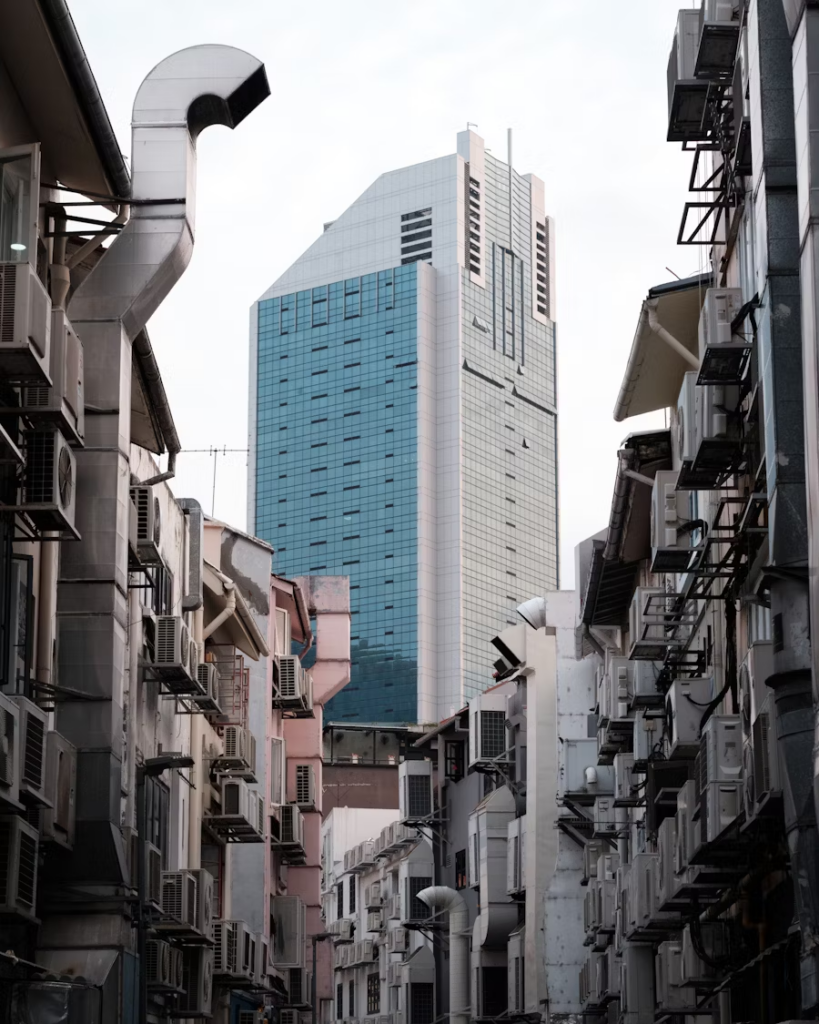
Why Choose Split Aircon in Singapore?
1. Ideal for the Tropical Climate
Singapore’s hot and humid climate means aircon is often essential for comfort. Split aircon systems provide an efficient and effective solution to combat the heat, offering consistent cooling in homes, offices, and shops.
2. Modern and Energy-Efficient
Many modern aircon models in Singapore come with inverter technology, which helps reduce energy consumption while maintaining cooling efficiency. This makes split aircon systems more energy-efficient than traditional window units, saving homeowners money in the long run on their electricity bills.
3. Perfect for Compact Spaces
Singapore’s real estate market often includes smaller apartments or HDB flats, making the compact design of split aircon systems ideal for homeowners with limited space. These systems don’t take up much room and can be installed discreetly, preserving the home’s aesthetics.
When Should You Consider a Split Aircon?
Split aircon systems are ideal for homeowners who:
- Have small to medium-sized rooms in need of localized cooling.
- Want a system that is energy-efficient and quiet.
- Prefer a sleek, aesthetically pleasing aircon solution.
- Don’t mind a higher initial installation cost in exchange for long-term energy savings.
If you have a larger home or need to cool multiple rooms, consider a multi-split system, which can accommodate more indoor units while still being powered by a single outdoor unit.
Final Thoughts
Ultimately, split aircon systems remain a relevant and popular choice for homeowners in Singapore. With their efficient cooling, quiet operation, and flexibility, they remain a reliable solution for managing indoor temperatures in the tropical heat. While the upfront cost may be higher than other cooling systems, their long-term energy savings and overall comfort make them a worthwhile investment for many homeowners.
If you’re considering a split aircon system for your home, evaluate the size of your space, your cooling needs, and your budget. With proper installation and regular maintenance, a split aircon can provide years of efficient, reliable cooling for your home.



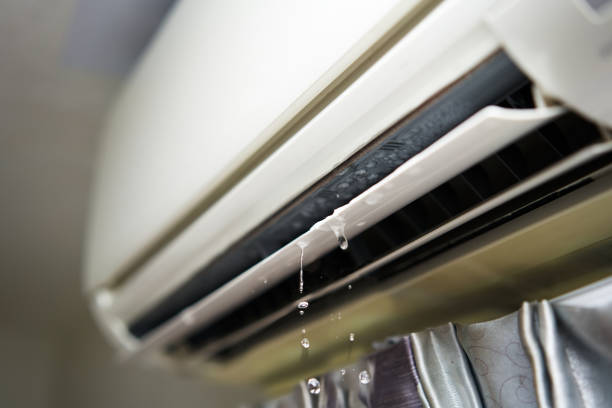
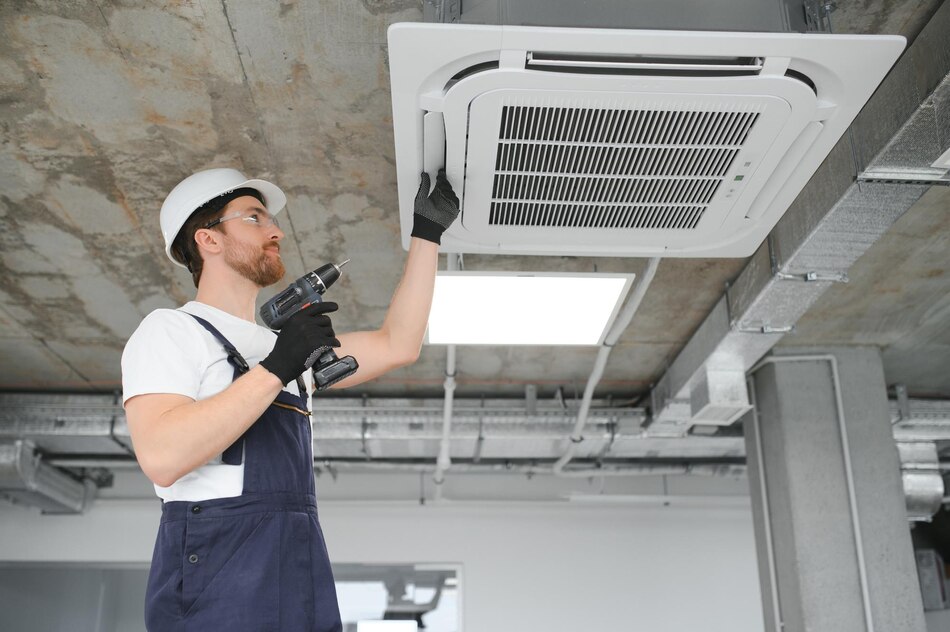
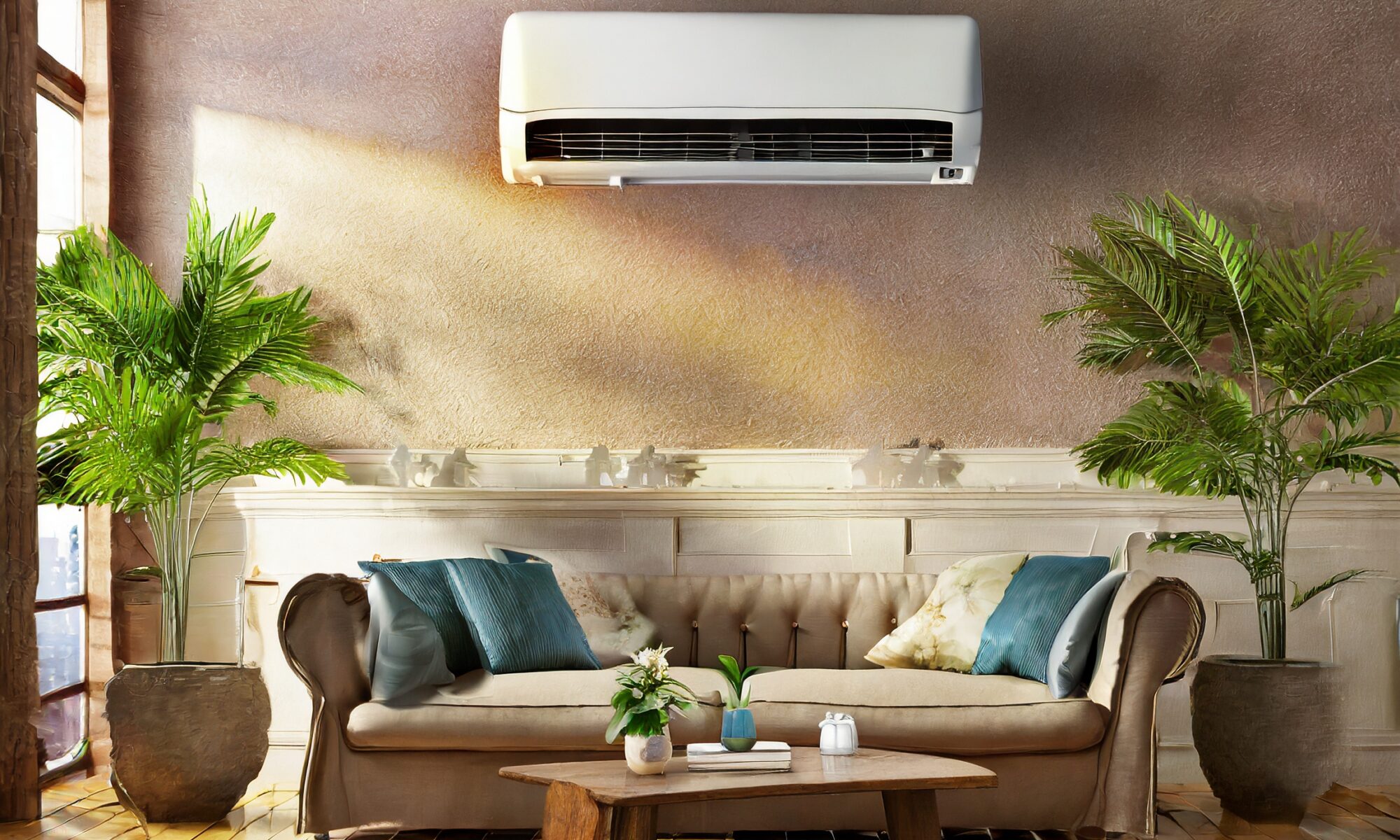
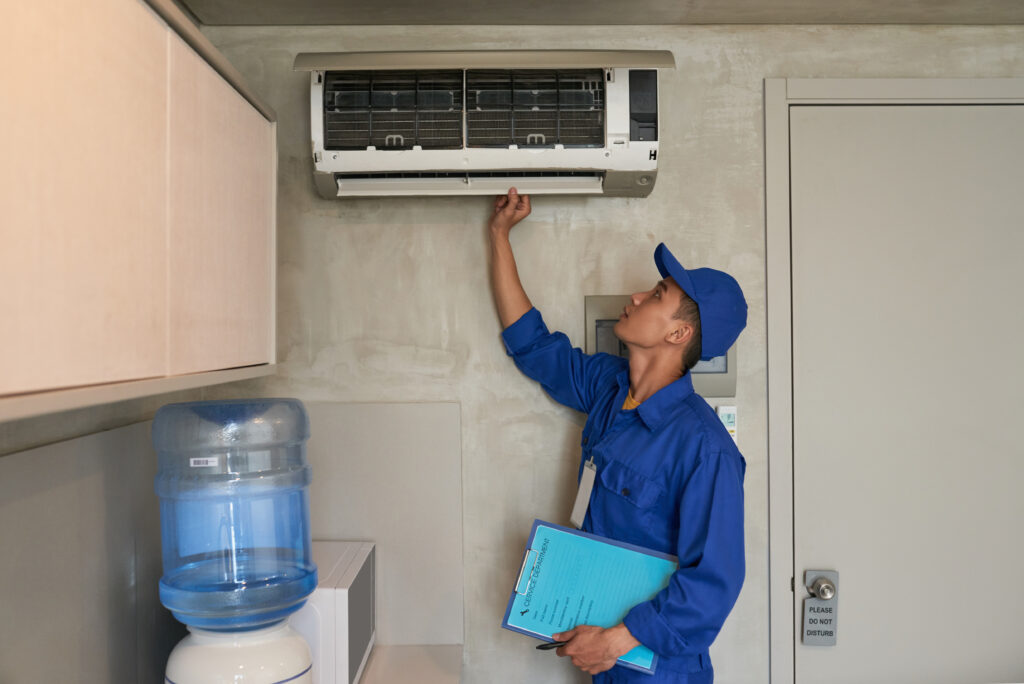



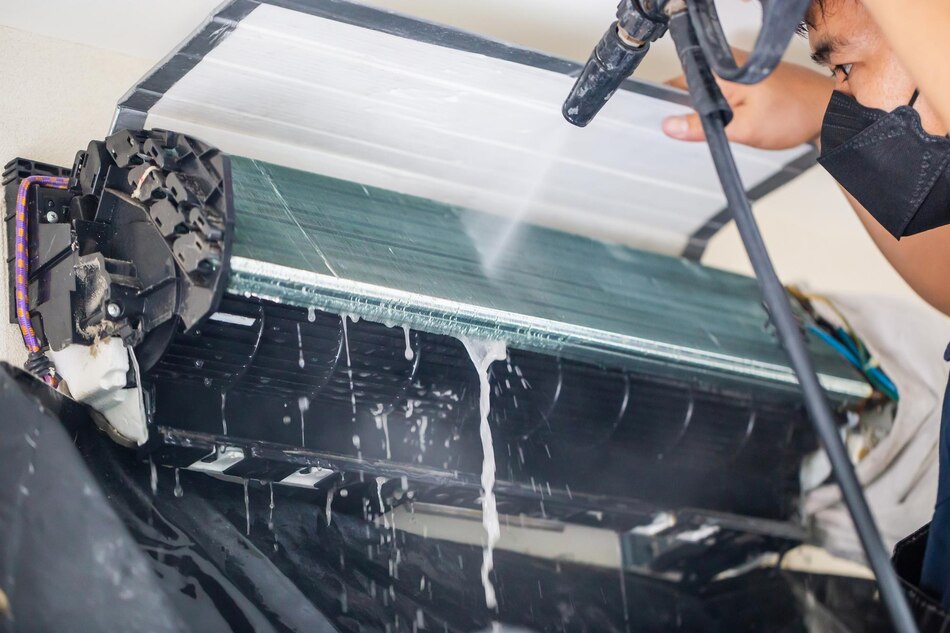
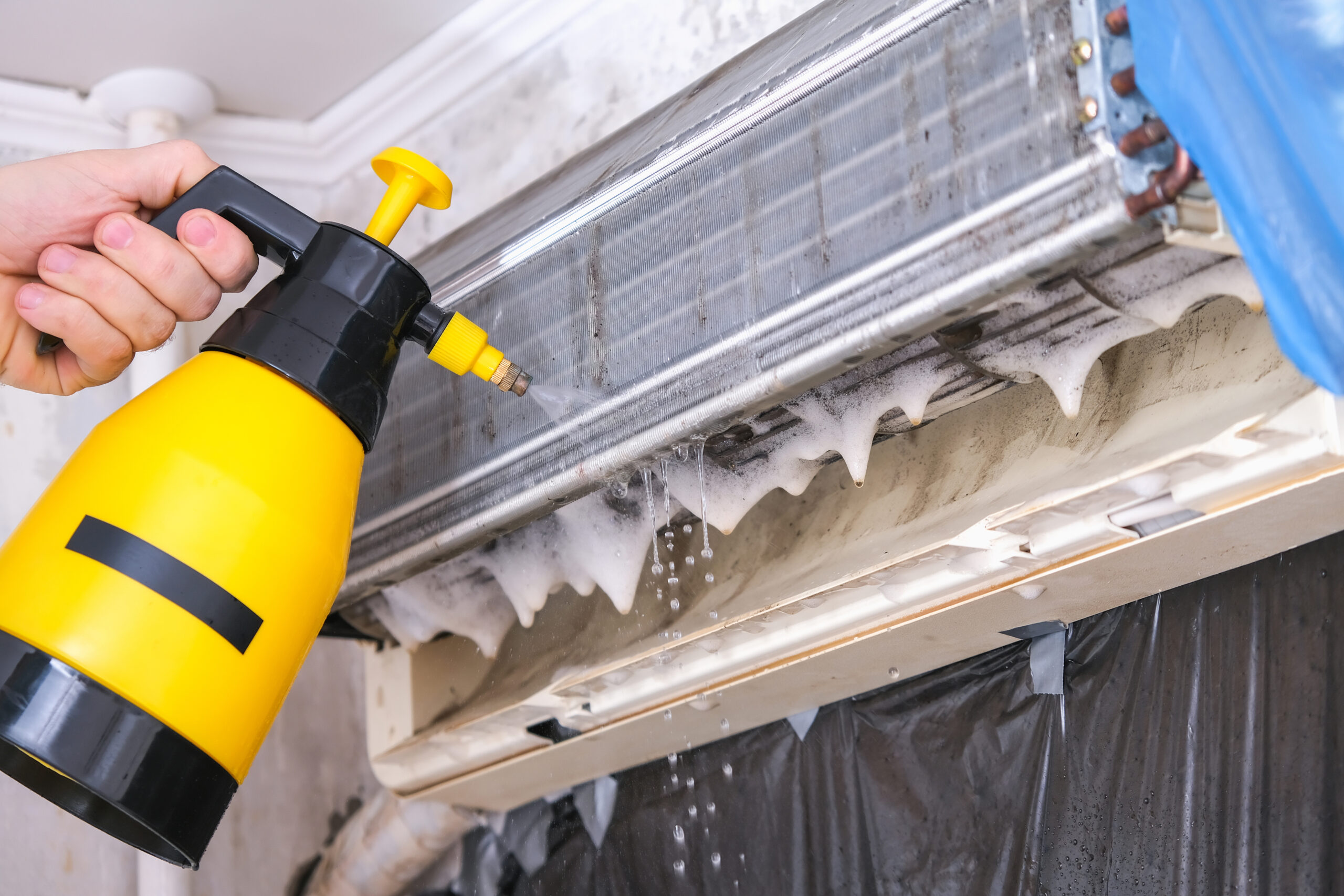
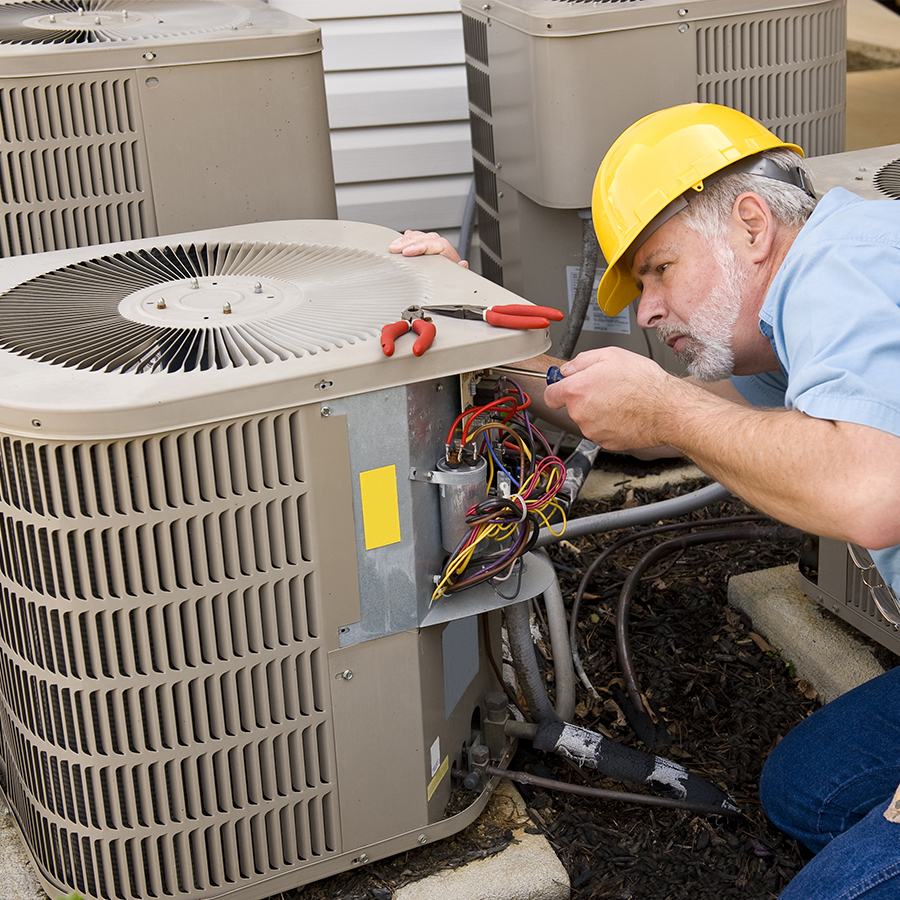

You must be logged in to post a comment.